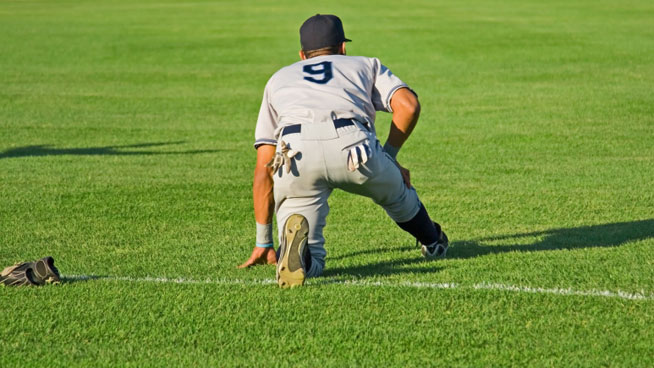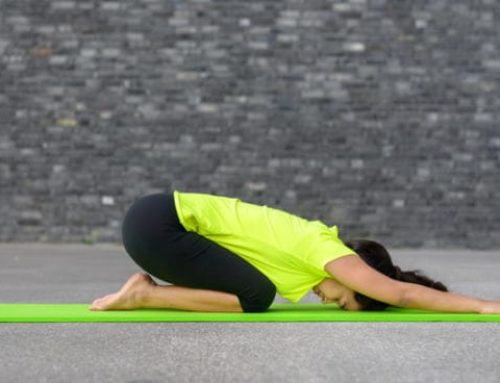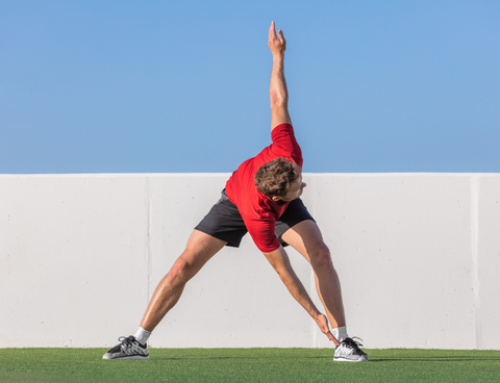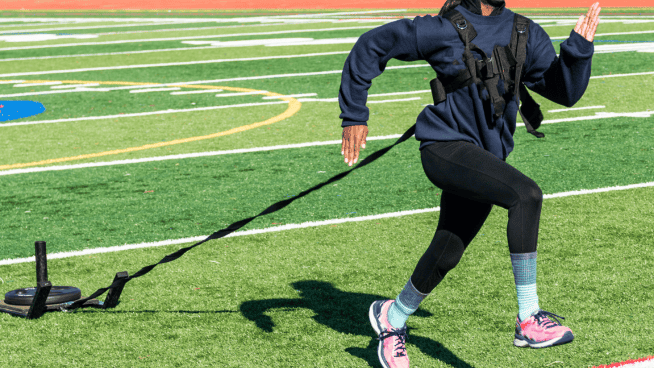Why and When You Need to Change Your Pre-Game Warm-Up Routine
Warming up for a workout is straightforward. You step into the gym, warm up and immediately start your workout. However, things can get more complicated when you warm up for a game or race—especially in a cold environment.
A recent study performed at Texas Christian University looked at how the amount of rest time after a warm-up, combined with cold temperatures, affect subsequent performance. The researchers put five runners and five rowers through time trials in their respective events—one group after a five-minute post-warm-up rest in a temperate environment, and another group after a 30-minute post warm-up rest in a cold environment (41 degrees Fahrenheit).
Results: the combination of a longer rest period and cold temperatures seems to completely negate the desired effects of a warm-up. Time trial performance for the long-rest, cold-temp group decreased an average of 4 percent. It may not sound like much, but that small percentage can determine whether you win or lose.
The researchers theorized that lower skin and body temperature may have reduced force production, increased muscle stiffness, decreased central nervous system activity and reduced blood flow—all things that a dynamic warm-up is designed to improve.
What You Should Do
In an ideal situation, you should perform a dynamic warm-up five minutes before your game or race. Clearly, sometimes this is not possible. You may have an unexpected delay, or your sport may not allow for this timing. For example, hockey players often have over 30 minutes of rest between their dry land warm-up and when they step on the ice. Plus, they’re in a cold environment.
The researchers explain that in such instances, “athletic performance may be preserved by maintaining skin and body temperature following a warm-up (via clothing or other means) or, if possible, another warm-up should be performed.”
If you find yourself in a situation where you cannot warm up properly, use the following strategies to ensure that you play your best. This is particularly important when you’re in a cold environment, but the tips apply to any situation in which you have an extended period of rest between your workout and your competition.
Team Sports
You typically have an allotted time to warm up before the start of a game. Take advantage of this time. Don’t just haphazardly shoot around or go through the motions.
You might be limited to drills prescribed by your coach, but that’s not necessarily a bad thing. Perform them at 80 percent of your max speed to elevate your heart rate and reactivate your muscles without shocking your body and causing an injury. Also, perform as many dynamic stretches as possible—such as Lunges, Side Lunges, Leg Swings and Squats—when you first step onto the field, court or rink, and when you’re waiting in line to perform a drill.
Individual Sports
If you’re a runner, swimmer or tennis player, you have more control over your warm-up and pre-game routine.
Always pack a second layer of clothing to keep you warm during down time. If you feel you’re getting cold, lightly jog for two to three minutes to elevate your rate heart and boost your body temperature.
You should also try to perform a second dynamic warm-up (like this one) as close as possible to your start time. It doesn’t have to be a long or complicated routine. Focus on a few movements that give good bang for your buck, such as Jumping Jacks, Squats and Lunges.
Reference:
Spitz, M., Kenefick, R., Mitchel, J. (2013). “The effects of elapsed time after warm-up on subsequent exercise performance in a cold environment.” The Journal of Strength and Conditioning Research. Published online ahead of print.
RECOMMENDED FOR YOU
MOST POPULAR
Why and When You Need to Change Your Pre-Game Warm-Up Routine
Warming up for a workout is straightforward. You step into the gym, warm up and immediately start your workout. However, things can get more complicated when you warm up for a game or race—especially in a cold environment.
A recent study performed at Texas Christian University looked at how the amount of rest time after a warm-up, combined with cold temperatures, affect subsequent performance. The researchers put five runners and five rowers through time trials in their respective events—one group after a five-minute post-warm-up rest in a temperate environment, and another group after a 30-minute post warm-up rest in a cold environment (41 degrees Fahrenheit).
Results: the combination of a longer rest period and cold temperatures seems to completely negate the desired effects of a warm-up. Time trial performance for the long-rest, cold-temp group decreased an average of 4 percent. It may not sound like much, but that small percentage can determine whether you win or lose.
The researchers theorized that lower skin and body temperature may have reduced force production, increased muscle stiffness, decreased central nervous system activity and reduced blood flow—all things that a dynamic warm-up is designed to improve.
What You Should Do
In an ideal situation, you should perform a dynamic warm-up five minutes before your game or race. Clearly, sometimes this is not possible. You may have an unexpected delay, or your sport may not allow for this timing. For example, hockey players often have over 30 minutes of rest between their dry land warm-up and when they step on the ice. Plus, they’re in a cold environment.
The researchers explain that in such instances, “athletic performance may be preserved by maintaining skin and body temperature following a warm-up (via clothing or other means) or, if possible, another warm-up should be performed.”
If you find yourself in a situation where you cannot warm up properly, use the following strategies to ensure that you play your best. This is particularly important when you’re in a cold environment, but the tips apply to any situation in which you have an extended period of rest between your workout and your competition.
Team Sports
You typically have an allotted time to warm up before the start of a game. Take advantage of this time. Don’t just haphazardly shoot around or go through the motions.
You might be limited to drills prescribed by your coach, but that’s not necessarily a bad thing. Perform them at 80 percent of your max speed to elevate your heart rate and reactivate your muscles without shocking your body and causing an injury. Also, perform as many dynamic stretches as possible—such as Lunges, Side Lunges, Leg Swings and Squats—when you first step onto the field, court or rink, and when you’re waiting in line to perform a drill.
Individual Sports
If you’re a runner, swimmer or tennis player, you have more control over your warm-up and pre-game routine.
Always pack a second layer of clothing to keep you warm during down time. If you feel you’re getting cold, lightly jog for two to three minutes to elevate your rate heart and boost your body temperature.
You should also try to perform a second dynamic warm-up (like this one) as close as possible to your start time. It doesn’t have to be a long or complicated routine. Focus on a few movements that give good bang for your buck, such as Jumping Jacks, Squats and Lunges.
Reference:
Spitz, M., Kenefick, R., Mitchel, J. (2013). “The effects of elapsed time after warm-up on subsequent exercise performance in a cold environment.” The Journal of Strength and Conditioning Research. Published online ahead of print.











